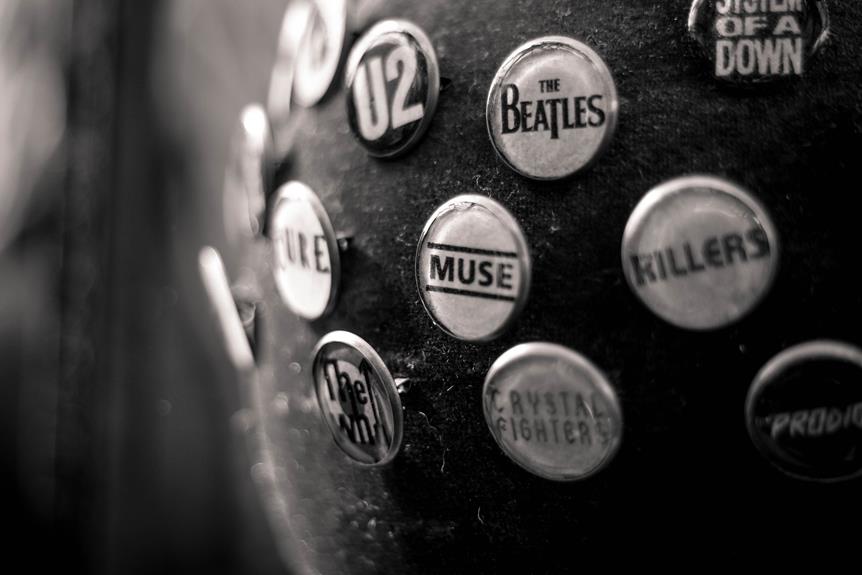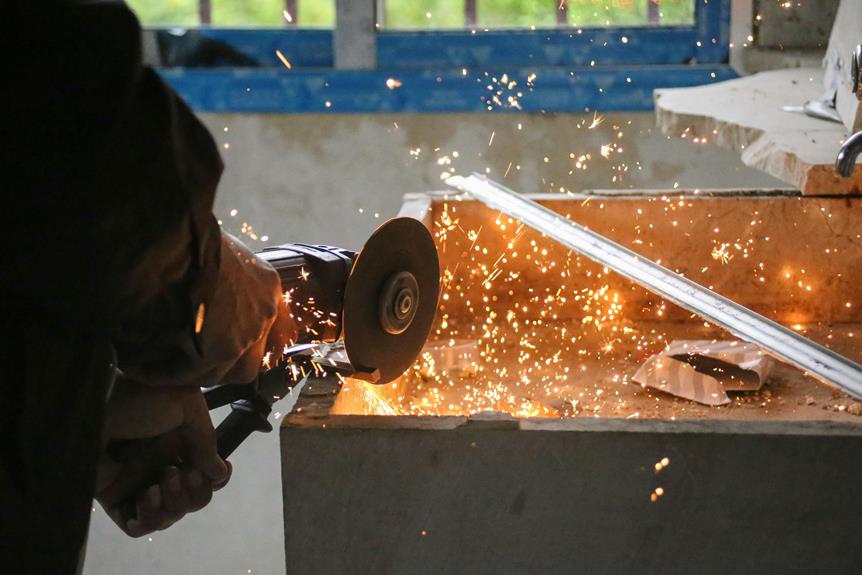Dental crowns are a versatile solution in modern dentistry, offering both aesthetic and functional enhancements for a variety of dental concerns. These custom-made caps, crafted from materials such as porcelain, ceramic, metal, or resin, are designed to cover and protect damaged or weakened teeth. Whether you’re dealing with extensive decay, a large filling, or even a misshaped tooth, dental crowns can restore the natural look and feel of your smile, while providing strength and stability. Understanding the indications, benefits, and types of dental crowns can help you make informed decisions about your oral health.
In addition to their restorative capabilities, dental crowns have become an integral part of various dental procedures, including root canals, dental implants, and bridges. As advancements in dental technology continue to evolve, the options for materials and fabrication techniques have expanded, allowing for improved fit, longevity, and aesthetics. This article will delve into the different types of dental crowns available, the procedure for getting a crown, the care involved post-treatment, and potential costs, equipping you with essential knowledge to discuss this option with your dentist.
Types of Dental Crowns
There are several types of dental crowns available, each catering to different needs and preferences. Porcelain crowns are favored for their ability to mimic the natural appearance of teeth, making them an excellent choice for front teeth restorations. Metal crowns, on the other hand, are highly durable and ideal for molars, where the force of chewing is strongest. Ceramic crowns offer a balance between aesthetics and strength, while resin crowns are cost-effective but may wear down faster. Understanding the various options can help you choose a crown that best suits your dental requirements and lifestyle. For those seeking local options, consider consulting with your dentist about Dental Crowns Rockville Near Me.
The Crown Placement Procedure
The process of getting a dental crown typically involves two visits to the dentist. During the first appointment, the dentist will assess the tooth, take x-rays, and prepare it by removing any decay and reshaping it to accommodate the crown. An impression of the tooth will then be made, which is used to create a custom crown. A temporary crown is placed while the permanent one is being fabricated. At the second visit, the temporary crown is removed, and the permanent crown is fitted and adjusted for comfort and appearance before being bonded securely in place. This meticulous process ensures that the crown not only enhances the smile but also functions effectively for chewing and speaking.
After the crown is placed, maintaining good oral hygiene is essential to ensure its longevity and the health of the surrounding teeth and gums. Regular brushing, flossing, and routine dental check-ups can help prevent issues such as decay or gum disease, which could jeopardize the integrity of the crown. It’s also important to be mindful of habits that could potentially damage the crown, such as clenching or grinding teeth and biting down on hard foods. While dental crowns are designed to last many years, periodic evaluations will help determine if replacements or adjustments are needed. Ultimately, a dental crown can be a valuable investment in your oral health, providing a durable and aesthetically pleasing solution that enhances your smile and restores the function of your teeth for years to come.

































































0